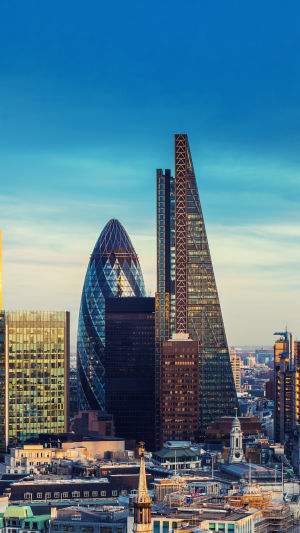The Bank District of Central London, located in the heart of the City of London, is a historic and financial epicenter that has played a crucial role in the development of both the city and the global economy.
Encompassing landmarks such as Bank Station, the Royal Exchange, and numerous historic financial institutions, this area serves as a testament to London's enduring significance in the world of finance and commerce.
Historically, the Bank District has been at the core of London’s financial activities since the Roman period. The City of London, or simply "the City," is the oldest part of the city, and it remains a thriving financial hub.
The district's development accelerated with the establishment of the Bank of England in 1694, an institution pivotal to the growth of London's financial prominence.
Its founding marked the beginning of a long tradition of financial innovation and stability that has characterized the Bank District.
The architectural landscape of the Bank District is a striking blend of historical and modern styles, reflecting its evolution over centuries. The Royal Exchange, founded by Sir Thomas Gresham in 1565, is one of the district's most iconic buildings.
Originally established as a trading hub, the Royal Exchange was rebuilt several times, with the current structure designed by Edward Norman in the 19th century. The building’s grandiose design and its role as a commercial center underscore the historical significance of the Bank District in fostering economic activity.
Another key landmark is Bank Station, an essential transport interchange that connects several major Underground lines, including the Central, Northern, and Waterloo & City lines.
The station’s name reflects its importance to the financial district, as it serves not only as a transit hub but also as a gateway to the myriad financial institutions that populate the area.
The station itself, opened in 1900, has undergone several expansions and renovations to accommodate the increasing volume of commuters and maintain its operational efficiency.
In addition to these historic landmarks, the Bank District is home to many modern financial institutions and skyscrapers that illustrate the district's ongoing relevance.
Buildings such as the Lloyd's of London building, with its distinctive modernist architecture, and the Heron Tower, one of the tallest buildings in London, represent the district’s adaptation to contemporary financial practices and its role in the global economy.
These modern structures sit alongside historic buildings, creating a dynamic and visually engaging urban environment.
The Bank District also plays a significant role in London's cultural and economic life beyond its financial functions. The area is home to several notable institutions, including the London School of Economics and Political Science (LSE), which contributes to the district's intellectual and educational prominence.
The LSE's presence underscores the Bank District's importance not only as a financial hub but also as a center for academic and professional development.
Furthermore, the Bank District’s influence extends globally. As a key player in international finance, the district contributes to London’s status as a leading financial center, comparable to New York and Tokyo.
The district’s financial institutions are involved in global markets, influencing international trade, investment, and economic policies.





